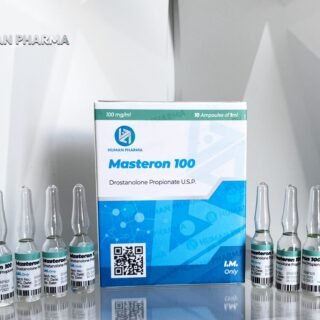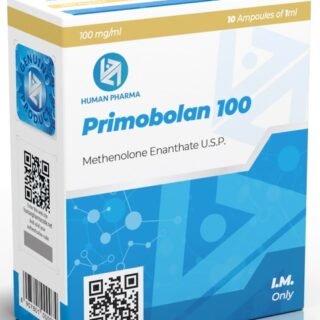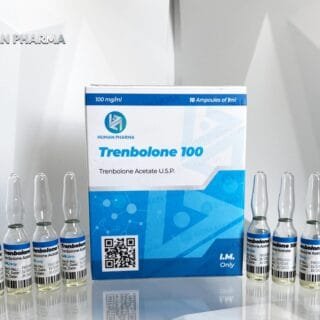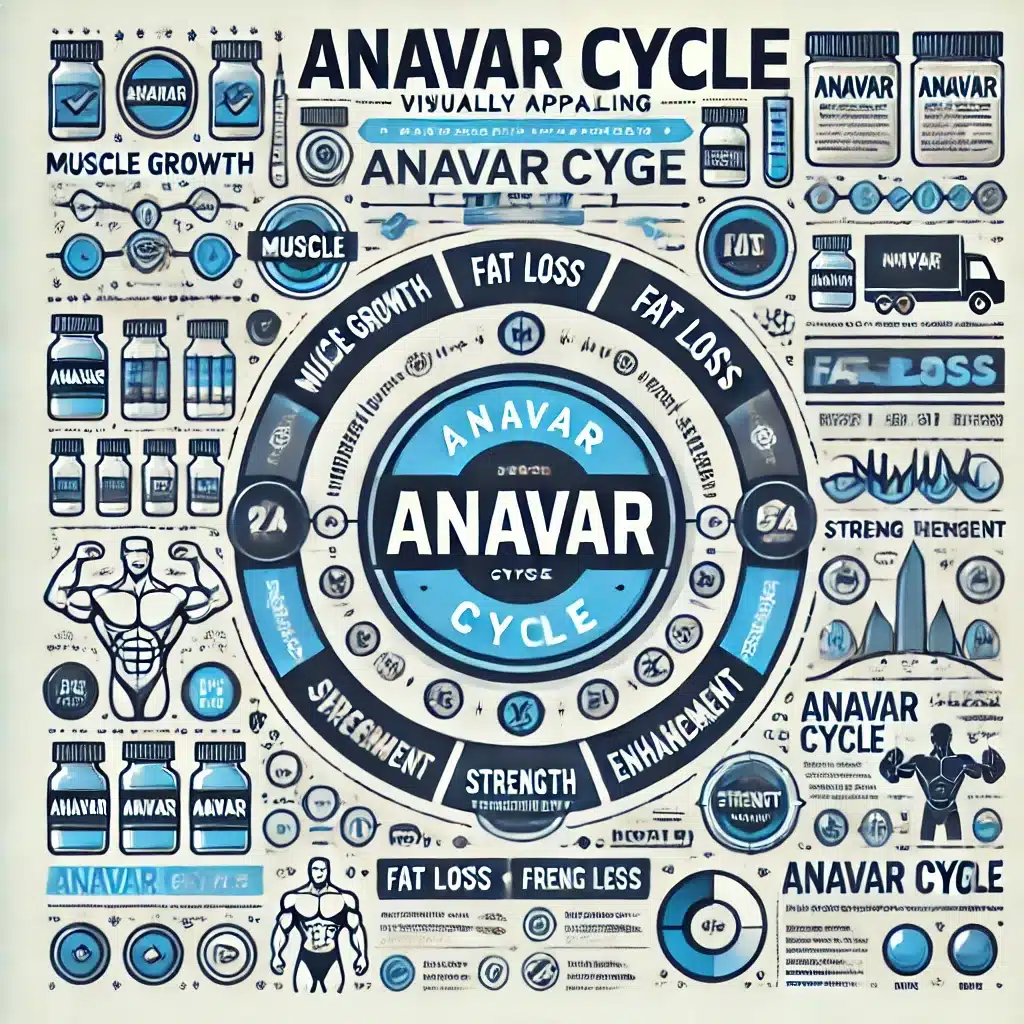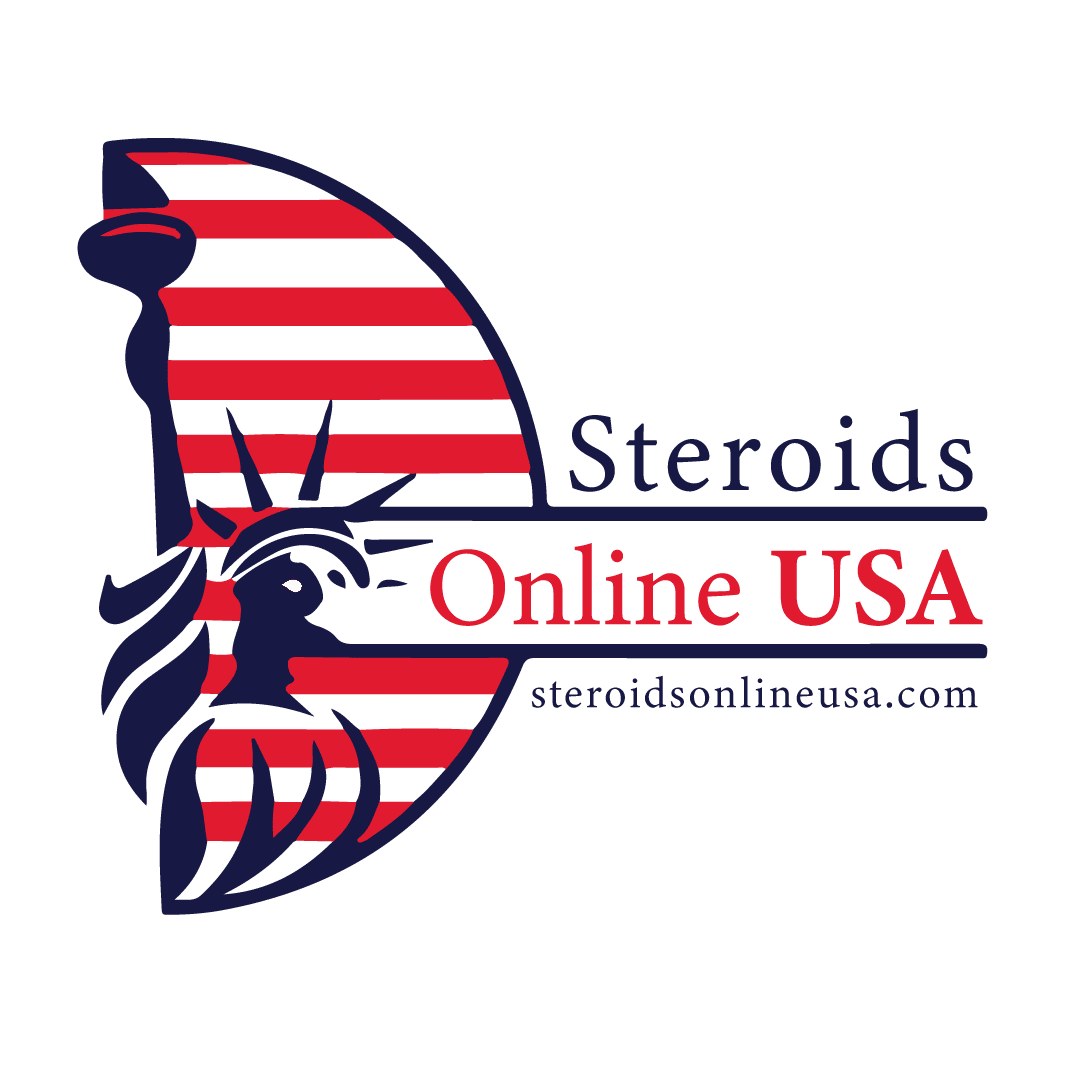Category
- Human Pharma Premium
- Phar Labs Premium
- Steroids on Sale USA, Real Steroids Online
- New arrivals in USA
- Most popular steroids in USA
- Antiestrogens / Gonadotropins
- Bangkok Steroid USA
- Biopharma Steroid USA
- British Dragon
- D & H Denkall Steroid USA
- Fat-burners
- Gen Pharma USA
- Medical Pharma Steroid USA
- Medical Tech Steroid USA
- Novocrine Steroids
- HGH USA
- Omega Labs Steroid USA
- Rotterdam Steroids USA
- SARMs USA
- Sciroxx Steroid USA
- Sydgroup Steroid USA
- Big vetenary Steroid USA
- Watson Steroid For Sale
- XT Labs Steroids
Most Popular steroids USA


Buy Human Growth Hormone online
Growth hormone (GH) is a peptide hormone widely used for sports purposes, as it has great performance-enhancing properties.
But this widespread fame of this hormone is perhaps due more to the need of consumers to use all kinds of substances that add to their desire to achieve their goals, than in the medical or scientific reality.
It is an anabolic hormone, but anabolism means the creation of complex structures through simpler structures, so the creation or replenishment of glycogen is an anabolic phenomenon, the retention of nitrogen, the creation of bones by osteoblasts, the accumulation of fat … there are thousands of anabolic processes, but not all of them benefit sports performance.
GH functionalities
GH has its greatest release in the stages prior to puberty, at this time the increase in testosterone also leads to an increase in estrogen and this in the pituitary closure of the bones, so that GH is responsible above all for bone growth during the first stages of life, then with bone closure its production gradually declines. Its most primary anabolic action is on the bones, but also on the organs, muscles, tendons, ligaments, skin (to the point of also being used for rejuvenating therapies).
In adulthood, the main function of GH is in the control of blood glucose, since this hormone is hyperglycemic by favoring the burning of fat as an energy source, thus preserving blood glucose (together with glucagon and catecholamines).
In diabetic subjects, it has been found that they have a higher concentration of GH, especially in those who are insulin dependent; In my opinion, due to the fact that the metabolism of carbohydrates is altered, and in the fight of the body for homeostasis, it produces more GH to increase the combustion of fats as a source of energy, apart from the hypoglycemia that can be generated by the administration of exogenous insulin in these subjects, which will be counteracted by the action of GH, catecholamines and glucagon.
In addition, GH makes muscle and liver cells resistant to insulin, as a survival mechanism, since when it is used to preserve blood glucose, it does so in two ways;
The greater burning of fat and hindering the reception of blood glucose either by the liver or the muscles, which is why a greater production of insulin is necessary to achieve the same effect, this will be one of the main problems of using exogenous GH as a supplement.
It is also highly relevant in the metabolism of sodium, causing this mineral to be retained to a greater degree, which is why it tends to retain fluids, an interesting issue as a joint protector, but in excess it could be very harmful, as I will explain later.
And of course GH also helps muscle growth, increasing nitrogen retention and collagen production, but always to a much lesser extent than androgens (muscle growth).
It seems that GH could be conducive to hyperplasia (creation of new muscle fibers) but always with differentiation of existing cells, through duplication of existing muscle cells, but not primary hyperplasia, that is, after the removal of a muscle, the muscle will not be generated again, or after a dissection of a muscle part.
Exogenous GH, Problematic
GH inhibits the use of glucose by muscle tissue and adipocytes, and increases the release of glucose by the liver, generating a certain resistance to insulin, which is why more insulin is needed to achieve the same.
Due to this resistance to insulin, the use of exogenous GH for long periods of time and continuously can cause what is called pituitary diabetes, where large amounts of insulin are needed to reduce blood glucose. This prolonged in time can cause the cells of the pancreas to be depleted and trigger diabetes mellitus.
For this reason, the utilization of exogenous GH is enhanced by the administration of insulin and T4;
GH can cause a decrease in T4, due to a complex feedback system.
With low T4 there is little conversion of T4 to T3; T4 is transformed into T3 after coming into contact with deiodinases and in this process growth factors are released, but it is only possible in the presence of insulin, in addition, when used with exogenous insulin, the pancreas is relieved of stress, this is the reason of the famous synergy GH – Insulin – R4.
As you can see, many hormones in the body are beginning to be touched, so the final results can be increasingly unpredictable.
Formerly, cyclists used a lot of the exogenous GH use system with an interrupted protocol, for example, when using GH two days Yes, two days No … this was done due to the great importance of being sensitive to insulin for these athletes, and thus avoid this entire process of resistance that we are talking about, but in bodybuilding, “More is Better” prevails, and it is usually used daily, generating this type of problem.
GH in the body is generated in a pulsatile manner, that is, with high production peaks followed by low production moments, thus avoiding this problem. If we want to minimize the negative effects of exogenous GH, we should attend to this process, and do it in a pulsating manner, so as not to continuously expose the body to large amounts of GH.
The problem is that one of the greatest benefits of GH is the release of IGF-1 by the liver, but the liver has a maximum capacity to release IGF-1, and this is achieved with the administration of approximately 2.4IU of GH (0.8mg). From then on, there is no more release of IGF-1, so to obtain the greatest benefits in yields, it would be good to administer it 3 to 5 times a day in small amounts, thus increasing the problem mentioned above.
I will expose a piece of the article by Michael Mooney and Nelson Vergel (“Strengthen and Survive”) where more details about the problem of GH are exposed in a very detailed way.
GH and Inflammation in the Joints
A large number of research studies have pointed out that high doses of growth hormone can cause joint pain due to the fact that it can promote excessive super oxidized secretion of neutrophils, which causes inflammation. This effect is known to be associated with inflammatory joint problems, such as rheumatoid arthritis, so it appears that high doses of GH can induce a rheumatoid arthritis-like state in the user.
The Response of “Ricardo” to the GH
We have seen a few individuals who have shown an apparently impressive anabolic response to the use of high doses of GH, even to a much greater extent than they do to anabolic steroids. This can be misleading.
For example, Ricardo, a very good friend of ours who was 25 years old and who suffered from a severely advanced case of AIDS (often with near-fatal episodes), was one of the individuals who had shown a very low response to the use of anabolic steroids (hadn’t helped him gain as much lean body mass as most).
In order to help him gain weight, his doctor put him on Serostim GH therapy. After two weeks, he was surprised to find that he had increased his weight by 8.2 kg (we even thought we were going to have to re-evaluate our relatively critical stance on GH).
However, once within the third week of treatment Ricardo found himself overwhelmed by the side effects he was experiencing. It seems that because he expected GH to be the magical solution to his problem (as it had been promoted), he had underestimated the fact that he had already begun to experience great swelling and pain in his hands and other joints, cramps in his hands and arms when in bed, shortness of breath when climbing stairs, and he couldn’t sleep lying on his back because he felt like he was suffocating.
When his doctor examined him, she found that most of the weight he had gained was actually water and determined that Ricardo was suffering from severe pulmonary edema (water in the lungs), for which he was immediately hospitalized. After several critical medical procedures while he was in the hospital (he almost had to undergo open heart surgery) he eventually recovered.
His doctor said it was not feasible for her to prescribe Serostim again.
In the case of Ricardo, we maintain that this type of situation may be the result of the use of the currently recommended doses of 4, 5 or 6 mg, which for some individuals represent an overdose of GH and since Serostim lacks elements condoms, patients are reluctant to reduce condom doses in order to reduce potential side effects.
GH Gains: Few Muscles and Lots of Water
When all things are taken into consideration, it appears that Serono is recommending what appears to be an overdose of its growth hormone since extremely high doses are necessary in order to produce increases in lean body mass (LBM) that are similar to the effects low-dose anabolic steroids.
The use of GH for muscle development purposes is incorrect;
The increase in lean body mass may consist of just water, with some connective tissue, some organic tissue, and very little (if any) muscle tissue development
Corroborating our view, a very carefully designed study involving seronegative youth that used highly sophisticated techniques to examine in detail the composition of lean tissue incorporated after growth hormone therapy determined that this tissue consisted primarily of lean tissue and not muscle tissue.
Lean tissue can imply talking about water, connective tissue, and the various organs of the body. We have seen at least five other studies done with other population samples that show an increase in lean body mass, but a lack of tissue development. It is worth mentioning that Dr. Kathleen Mulligan pointed out in her study that the increase in lean body mass induced through the use of GH in seropositive patients was “comparatively similar” to the results observed in the control group of her study, composed of individuals healthy seronegatives, so comparisons with studies where seronegative individuals have been used can be considered valid.
The first study done on Serostim using magnetic resonance imaging or MRI (a very sophisticated technology that analyzes what is happening at the level of organic tissue in the body) indicated that GH may have little or no effect on muscle tissue.
Dr. Donald Kotler presented the results of a study at the Third International Conference on Nutrition and HIV Infection in Cannes, France (April 1999). In it, Dr. Kotler indicated that after an analysis over a period of six months using the growth hormone Serostim at a daily dose of 6 mg, there was no significant increase in muscle tissue during the first twelve weeks in any of the the eight individuals involved in the study, who underwent repeated magnetic resonance imaging.
A study on the final results revealed what appeared to be an increase, however, this study lacked the use of a placebo as a control parameter, so its final results are inconclusive. It appears that if Serostim actually has an effect on increasing muscle tissue volume, either directly or indirectly, it does so erratically and only for some but not most seropositive individuals.
GH and Gynecomastia
Gynecomastia is the development of the breasts in men; on some occasions, it occurs in men who use high doses of anabolic steroids, which aromatize into estrogen and estrogen is responsible for breast development. Gynecomastia appears to be a very rare phenomenon in seropositive men, partially due to the fact that these individuals have decreased production of both insulin-like growth factor-1 (IGF-1) and GH.
IGF-1 is a necessary co-factor of estrogen to produce the increase in breast tissue seen in gynecomastia. Growth hormone stimulates hepatic production of IGF-1, and observations suggest that gynecomastia is seen more frequently in seropositive men using GH. In fact, early studies reveal that a group of seronegative men (both children and the elderly) who received GH therapy showed an incidence of gynecomastia.
GH can also stimulate the development of breast tissue through the process of binding to prolactin receptors. Perhaps the biggest problem with GH is getting a good and reliable GH, one that does not generate antibodies, that contains the active ingredient that is well preserved, etc… Almost all that can be found will be false or have broken the chain of conservation. That will not have a large % of the active ingredient.
Exogenous GH and benefits
Not everything is going to be bad in the use of GH, in fact it is still used due to its multiple benefits, better known by society where I will not focus so much.
GH increases recovery and growth due to this increased nitrogen uptake, so as an anabolic component it is one of the main hormones for it
GH greatly reduces pain and joint problems, as it increases the regeneration of soft tissues and cartilage, and increases joint lubrication
GH increases athletic performance by favoring fat burning and increases blood glucose, for this reason it is also anti-catabolic, since it helps preserve muscle mass during fasting periods, in fact fasting, with the increased production of ghrelin, causes a greater production of GH, but I will deal with this more in the part of precursors.
Therefore, it increases the capacity to generate muscle and burn fat, as well as to preserve the joints, even being able to lubricate the discs and cartilaginous tissues more, something to take into account for bodybuilding due to the joint wear to which they are exposed.
Forms of Administration of GH
For the reasons stated above, there would be two forms of use;
One interrupted and creating pulsatile peaks, such as two days YES, one day NO, for example with a single post-workout administration. This would be the healthiest way within the risks of these practices.
Administration of small doses distributed continuously, for example 2IU every 6 hours, would be the most effective way and the one with the most associated problems.
GH and Visceral Growth
I did not want to treat this as a problem or as a benefit, although it is true that it can cause visceral and organ growth, it is also true that much is mythologized about this and large abdomens are attributed to its use, accompanied by the use of insulin…
Well, it is a delicate subject that I will not try to convince anyone of anything, I will only say that GH and insulin were already used in the 90s, where that “bodybuilding of large subjects with dilations” appeared, but these substances are still used today day the same or more than before, and those abdomens are less visible. Also emphasize that normally people with big abdomens were also the biggest, and take it easy that 80kg and 120kg bodybuilders use the same things and doses, varying genetics without further ado.
What’s more, the Mens Physiques also use GH and insulin, and their waistlines are minuscule; Winklar used to have a large abdomen, which he has corrected without losing size, and much more and I take it as an example. In fact, it is attributed to the fact that in Arnold’s time they were all much more aesthetic without those waists, they were also much smaller athletes, and not because they used less, because at the time when they were cheap, reliable, legal, and they were not I knew its negative effects. Now I have a hard time believing that they were used less since if they were now legal, cheap, in pharmacy, and their websites were unknown, people would take them as supplements.
But I don’t want to dwell too much on this that will be for another article.
Share this page:
- Click to share on Twitter (Opens in new window)
- Click to share on Facebook (Opens in new window)
- Click to email a link to a friend (Opens in new window)
- Click to share on LinkedIn (Opens in new window)
- Click to share on Reddit (Opens in new window)
- Click to share on Pinterest (Opens in new window)
- Click to share on Telegram (Opens in new window)
- Click to share on WhatsApp (Opens in new window)
- Click to share on Tumblr (Opens in new window)
Written by Steroids USA
Pay with Cash App or Remitly
Pay with Cash App or Remitly
Fast money transfers from USA for fast delivery of steroids
Secure delivery in USA
100% reliable shipping in USA
24x7 Support
Online 24 hours
Low cost delivery
Great shipping prices in USA
BULK ORDER DISCOUNT
If you are a reseller in the USA you can get a special DISCOUNT, we can give you up to 50% or more on bulk orders. If you want to make a bulk order, we can negociate for orders of over USD$4,000, contact us by email.

